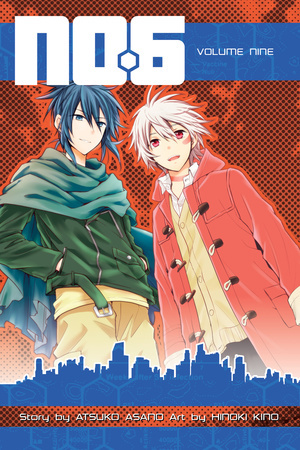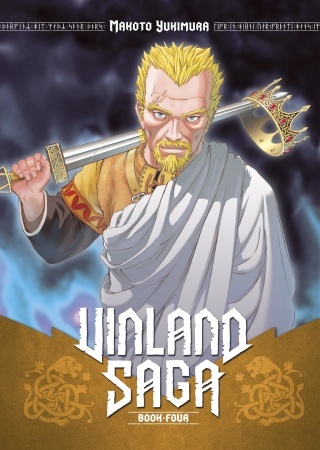Creator: Makoto Yukimura U.S. publisher: Kodansha ISBN: 9781612624242 Released: October 2014 Original release: 2010-2011 Awards: Japan Media Arts Award, Kodansha Manga Award Makoto Yukimura's …
No. 6, Volume 9
Creator: Hinoki Kino Original story: Atsuko Asano U.S. publisher: Kodansha ISBN: 9781612627946 Released: October 2014 Original release: 2014 Released both in Japan and in English in 2014, No. …
No. 6, Volume 8
Creator: Hinoki Kino Original story: Atsuko Asano U.S. publisher: Kodansha ISBN: 9781612625782 Released: August 2014 Original release: 2013 Hinoki Kino's manga series No. 6 is an adaptation of …
Vinland Saga, Omnibus 4
Creator: Makoto Yukimura U.S. publisher: Kodansha ISBN: 9781612624235 Released: July 2014 Original release: 2009 Awards: Japan Media Arts Award, Kodansha Manga Award Makoto Yukimura's …
No. 6, Volume 7
Creator: Hinoki Kino Original story: Atsuko Asano U.S. publisher: Kodansha ISBN: 9781612625539 Released: June 2014 Original release: 2013 I have been following Hinoki Kino's manga adaptation …
Attack on Titan: No Regrets, Volume 1
Creator: Hikaru Suruga Original story: Gun Snark U.S. publisher: Kodansha ISBN: 9781612629414 Released: June 2014 Original release: 2014 I think it's probably safe at this point to call Hajime …
Continue Reading about Attack on Titan: No Regrets, Volume 1 →





